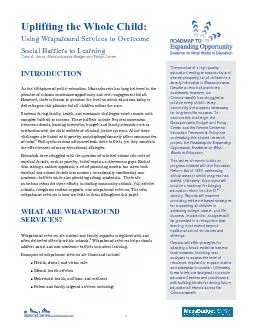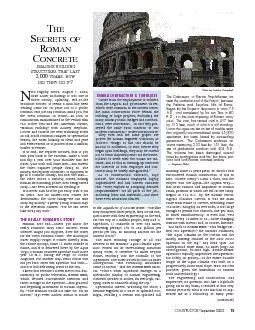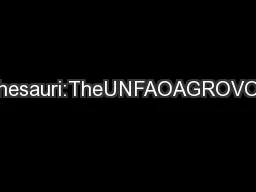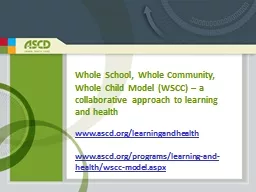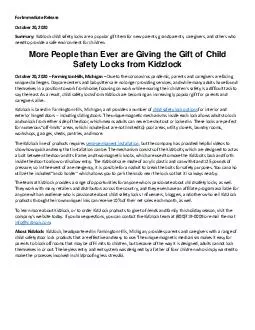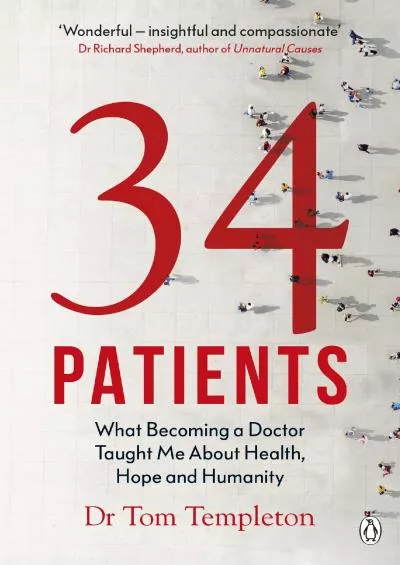PDF-Uplifting the Whole Child:
Author : luanne-stotts | Published Date : 2015-11-30
1 Using Wraparound Services to Overcome Social Barriers to Learning Colin A Jones Massachusetts Budget and Policy Center INTRODUCTION As the birthplace of public
Presentation Embed Code
Download Presentation
Download Presentation The PPT/PDF document "Uplifting the Whole Child:" is the property of its rightful owner. Permission is granted to download and print the materials on this website for personal, non-commercial use only, and to display it on your personal computer provided you do not modify the materials and that you retain all copyright notices contained in the materials. By downloading content from our website, you accept the terms of this agreement.
Uplifting the Whole Child:: Transcript
Download Rules Of Document
"Uplifting the Whole Child:"The content belongs to its owner. You may download and print it for personal use, without modification, and keep all copyright notices. By downloading, you agree to these terms.
Related Documents

